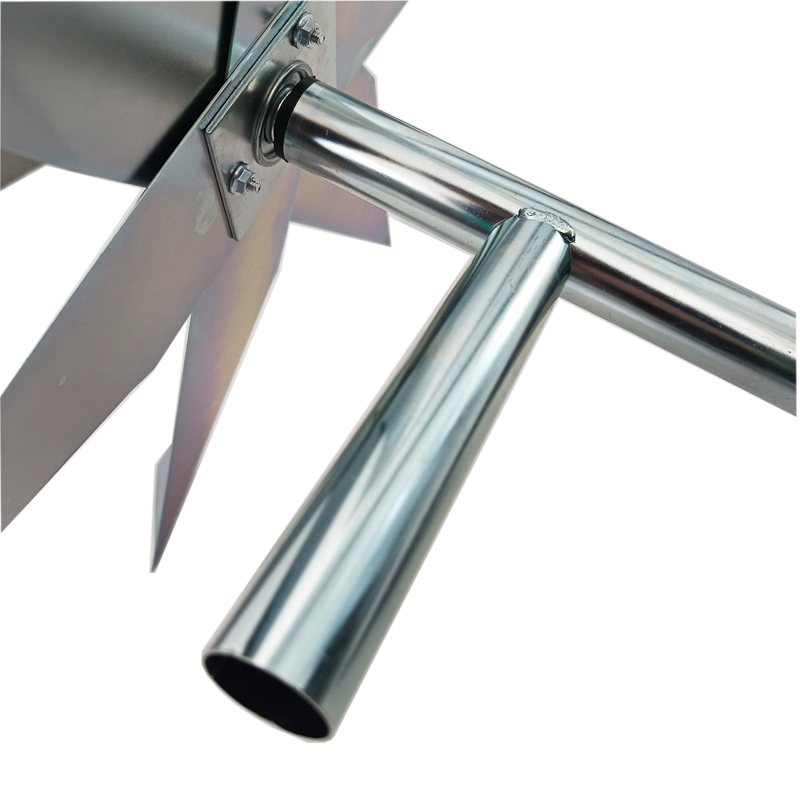Surface treatment of stamping parts: Characteristics of electroplating
Surface treatment of stamping parts, surface treatment of stamping products includes electroplating (zinc, cadmium, copper, chromium, tin, nickel, gold, silver, etc.), electrostatic spraying, painting, electrophoresis, screen printing and other treatment methods. The most widely used are plastic spraying, painting, blackening, electrophoresis, zinc plating, nickel plating, etc.
The plating metal or other insoluble materials are used as anodes, and the workpiece to be plated is used as cathodes. The cations of the plating metal are reduced on the surface of the workpiece to be plated to form a plating layer. In order to eliminate the interference of other cations and make the plating uniform and firm, a solution containing the plating metal cations is used as the plating solution to keep the concentration of the plating metal cations unchanged.
The purpose of electroplating is to plate a metal coating on the substrate to change the surface properties or size of the substrate. Electroplating can enhance the corrosion resistance of the metal (the plating metal is mostly corrosion-resistant metal), increase hardness, prevent wear, improve conductivity, lubricity, heat resistance and surface beauty.
- Xisanli Village,Nanpi County, Cangzhou City, Hebei Province, China


